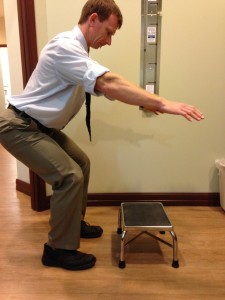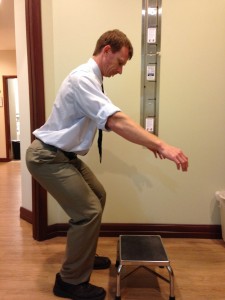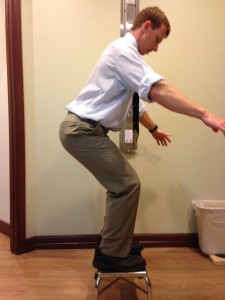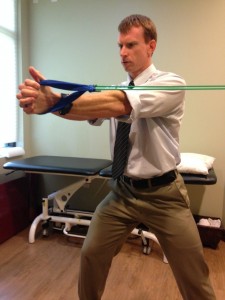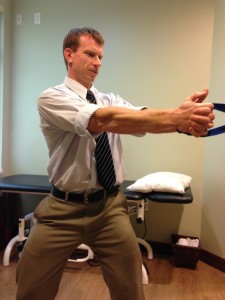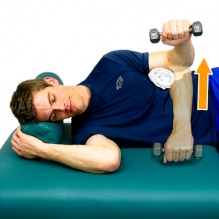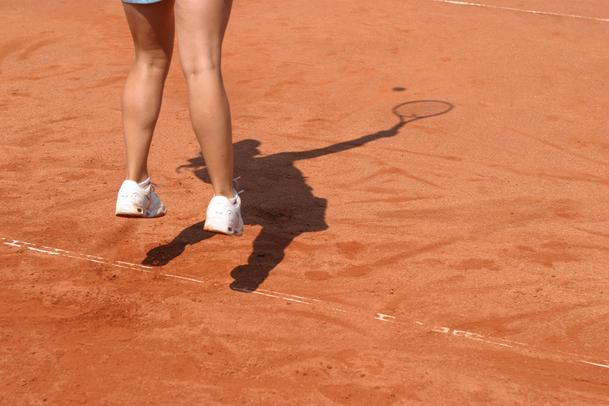For years pre-exercise stretching was done holding a muscle in a single position for 30 seconds or a minute before exercise or competition. Medical research in the last 10 years has shown that such “static” stretching may however not be the best for our on-court performance. In studies static stretching before sport participation actually reduces strength, speed, and power if performed immediately before exercise.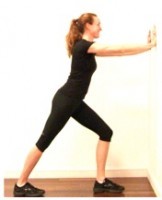 We recommend that before playing tennis you skip the static stretches and instead perform a more dynamic routine such as a light jog with high knees and gentle leg swings while holding the net or fence. (Many of these will be demonstrated on our facebook page or embedded videos). Try to get in at least ten minutes of a dynamic warm up. After you play is still a good time for a static, slow stretch. That helps keep the muscles from tightening up after a long three setter. So to put it into practice, try to get to the court about 10-15 minutes early. Do your “dynamic” warm including 5 minutes of gentle cardio like jogging the perimeter of the court forward, sidestepping and backward and then do some hip pendulums, walking high knees, standing “washing machines” and some gentle air swings mirroring 10-20 forehands, backhands and serves. Then it is time to play. After you play try to coordinate 10-15 minutes for a cool down stretch. The stretches should be “static” stretches held for at least 30 -60 seconds per muscle. Try to mix in at least 5 upper body and 5 lower body stretches per time. Check out our other blogs, videos and facebook page to learn more.
We recommend that before playing tennis you skip the static stretches and instead perform a more dynamic routine such as a light jog with high knees and gentle leg swings while holding the net or fence. (Many of these will be demonstrated on our facebook page or embedded videos). Try to get in at least ten minutes of a dynamic warm up. After you play is still a good time for a static, slow stretch. That helps keep the muscles from tightening up after a long three setter. So to put it into practice, try to get to the court about 10-15 minutes early. Do your “dynamic” warm including 5 minutes of gentle cardio like jogging the perimeter of the court forward, sidestepping and backward and then do some hip pendulums, walking high knees, standing “washing machines” and some gentle air swings mirroring 10-20 forehands, backhands and serves. Then it is time to play. After you play try to coordinate 10-15 minutes for a cool down stretch. The stretches should be “static” stretches held for at least 30 -60 seconds per muscle. Try to mix in at least 5 upper body and 5 lower body stretches per time. Check out our other blogs, videos and facebook page to learn more.
Patrick Weaver DPT


